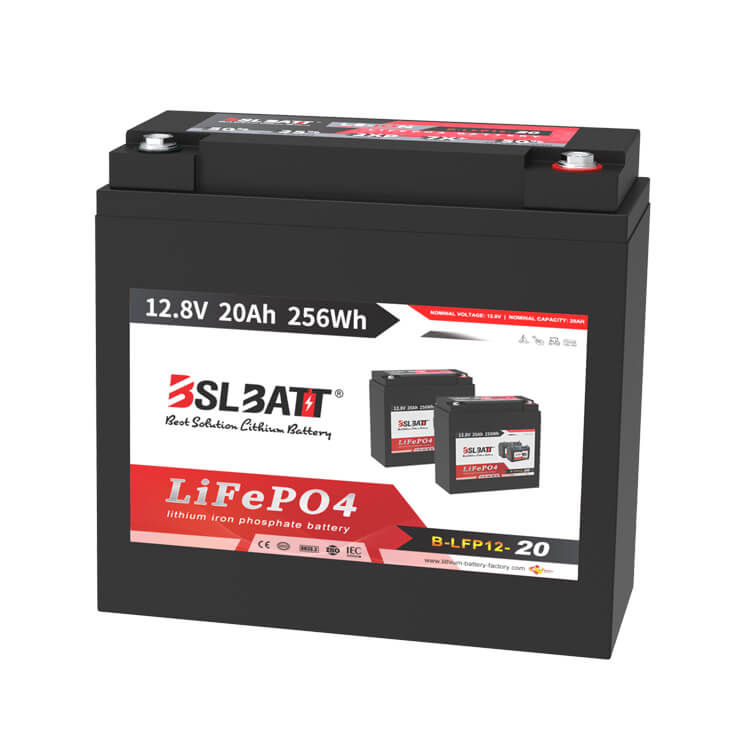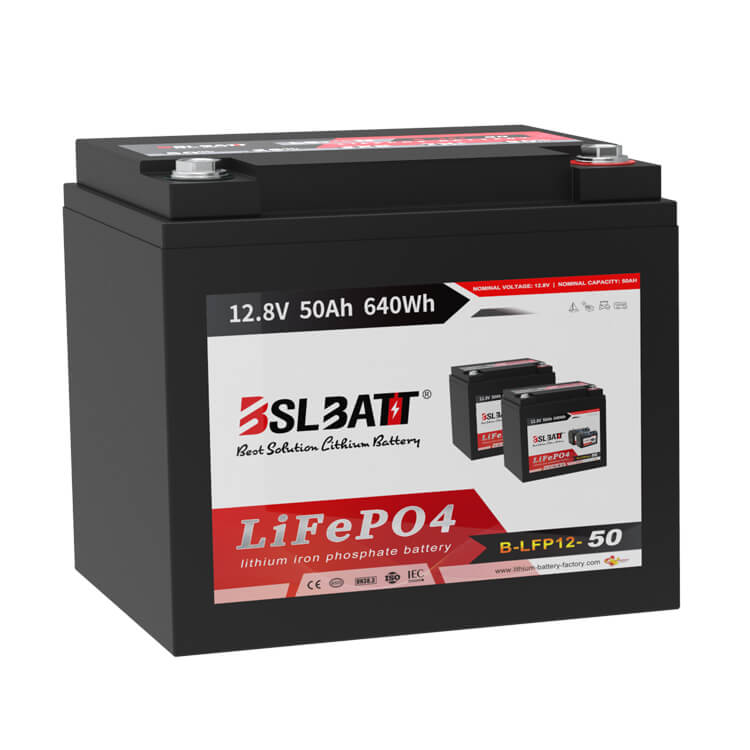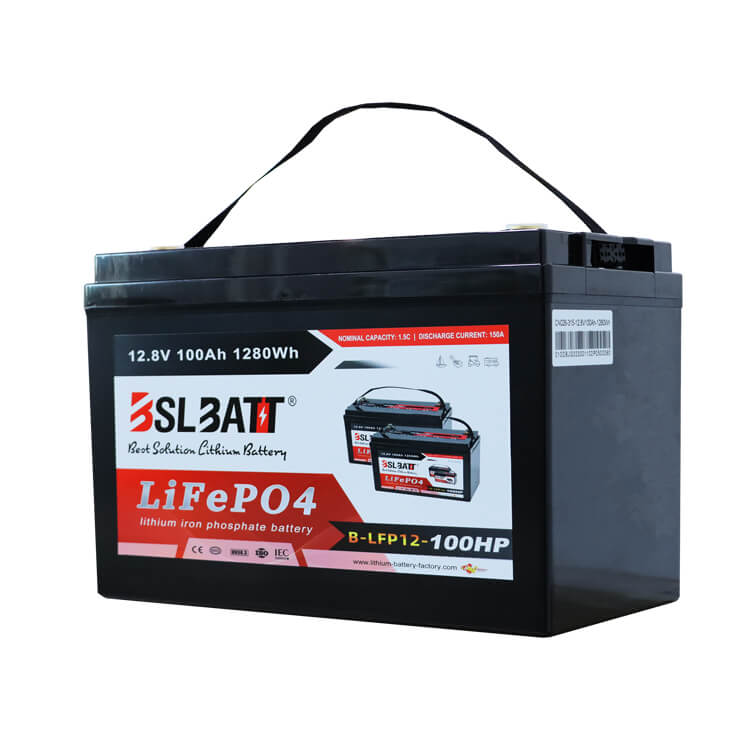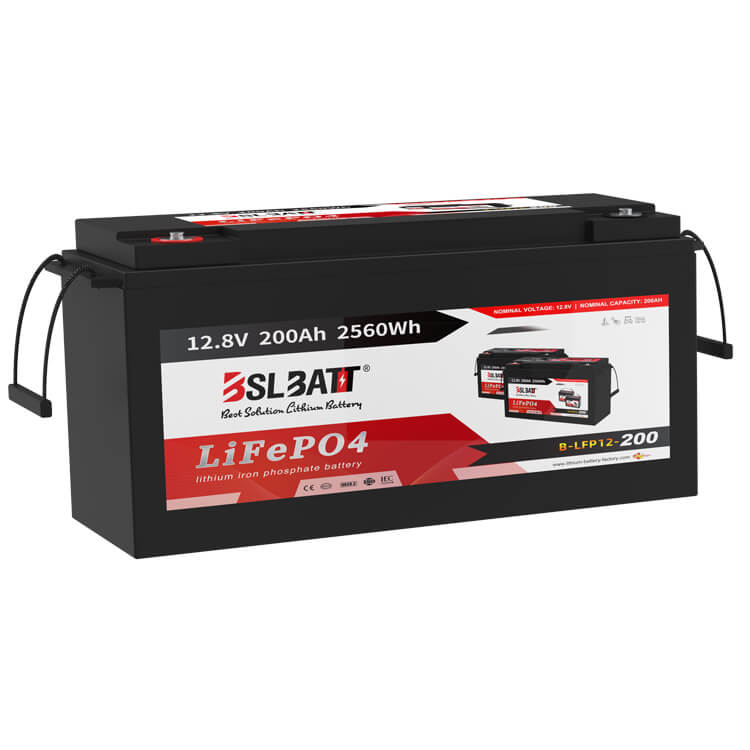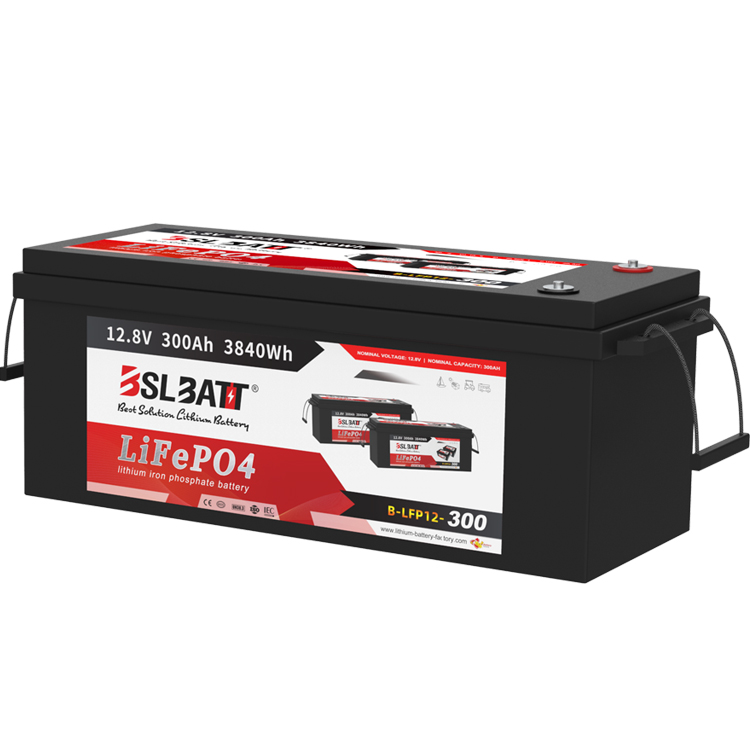The weight of a boat’s battery can significantly impact its overall performance, fuel efficiency, and handling, especially for smaller vessels. A heavier battery can increase the boat’s overall weight, affecting its speed, maneuverability, and fuel consumption.
In smaller boats, every pound of added weight can make a noticeable difference. A heavy battery can cause the boat to sit lower in the water, increasing drag and reducing speed. This increased drag also leads to higher fuel consumption, as the engine needs to work harder to overcome the resistance.
Conversely, a lighter battery can improve a boat’s performance by reducing its overall weight. Lighter boats can achieve higher speeds with less engine power, resulting in better fuel efficiency and potentially longer range. They are also more agile and responsive, making them easier to maneuver in tight spaces or during docking.
The weight distribution of the battery is also crucial for boat handling. A heavy battery positioned too far forward or aft can affect the boat’s trim and stability, potentially leading to a less comfortable ride or even safety concerns in rough waters.
For smaller boats, such as bass boats, jon boats, or personal watercraft, the battery weight can be a significant factor in overall performance. These vessels are designed for speed and agility, and every pound of unnecessary weight can hinder their capabilities. Choosing a lightweight battery can provide a noticeable advantage in terms of acceleration, top speed, and fuel efficiency.
In summary, the weight of a boat’s battery can have a substantial impact on its performance, particularly for smaller vessels. Opting for a lightweight battery can improve speed, maneuverability, and fuel efficiency, while also enhancing the overall boating experience.
Choosing the Right Battery Weight for Your Boat
Selecting the appropriate battery weight for your boat is crucial as it can significantly impact performance, handling, and overall efficiency. The weight of the battery should be carefully considered based on the boat’s size, intended use, and power requirements.
For smaller boats, such as kayaks, canoes, or dinghies, lightweight batteries are essential to maintain maneuverability and prevent excessive weight distribution. Lithium-ion batteries are an excellent choice in these scenarios, as they offer high energy density and a lightweight design. However, they tend to be more expensive than traditional lead-acid batteries.
Larger vessels, like sailboats or powerboats, can accommodate heavier batteries without compromising performance significantly. In these cases, lead-acid batteries may be a more cost-effective option, but their weight should still be factored into the overall load capacity and weight distribution of the boat.
When selecting a battery for your boat, consider the following factors:
Capacity and Runtime: Determine the power requirements of your boat’s electrical systems and choose a battery with sufficient capacity to meet your needs. Longer runtimes generally require heavier batteries.
-
Weight Distribution: Ensure that the battery’s weight is properly distributed within the boat to maintain balance and stability. Consult with a marine professional or refer to your boat’s manufacturer guidelines for optimal battery placement.
-
Cost: While lithium-ion batteries offer superior performance and lightweight design, they can be significantly more expensive than lead-acid batteries. Consider your budget and weigh the cost against the benefits of a lighter battery.
-
Maintenance: Lead-acid batteries require more maintenance, such as regular charging and electrolyte level monitoring, while lithium-ion batteries are generally low-maintenance.
-
Environmental Considerations: Lithium-ion batteries are more environmentally friendly than lead-acid batteries, which contain hazardous materials and require proper disposal.
-
Ultimately, the right battery weight for your boat will depend on striking a balance between performance, capacity, cost, and convenience. Consult with marine experts or refer to manufacturer guidelines to make an informed decision that suits your specific boating needs.















